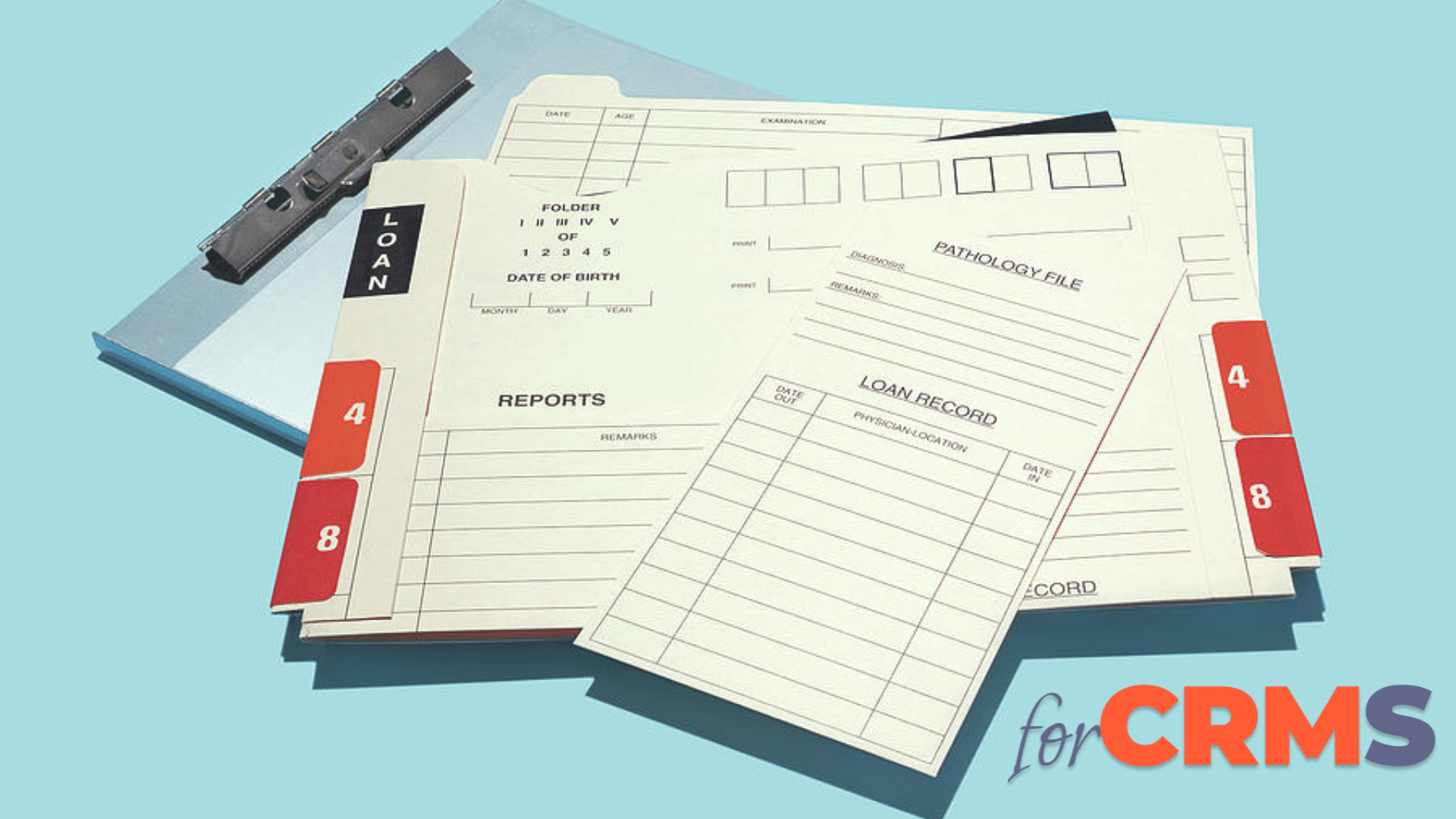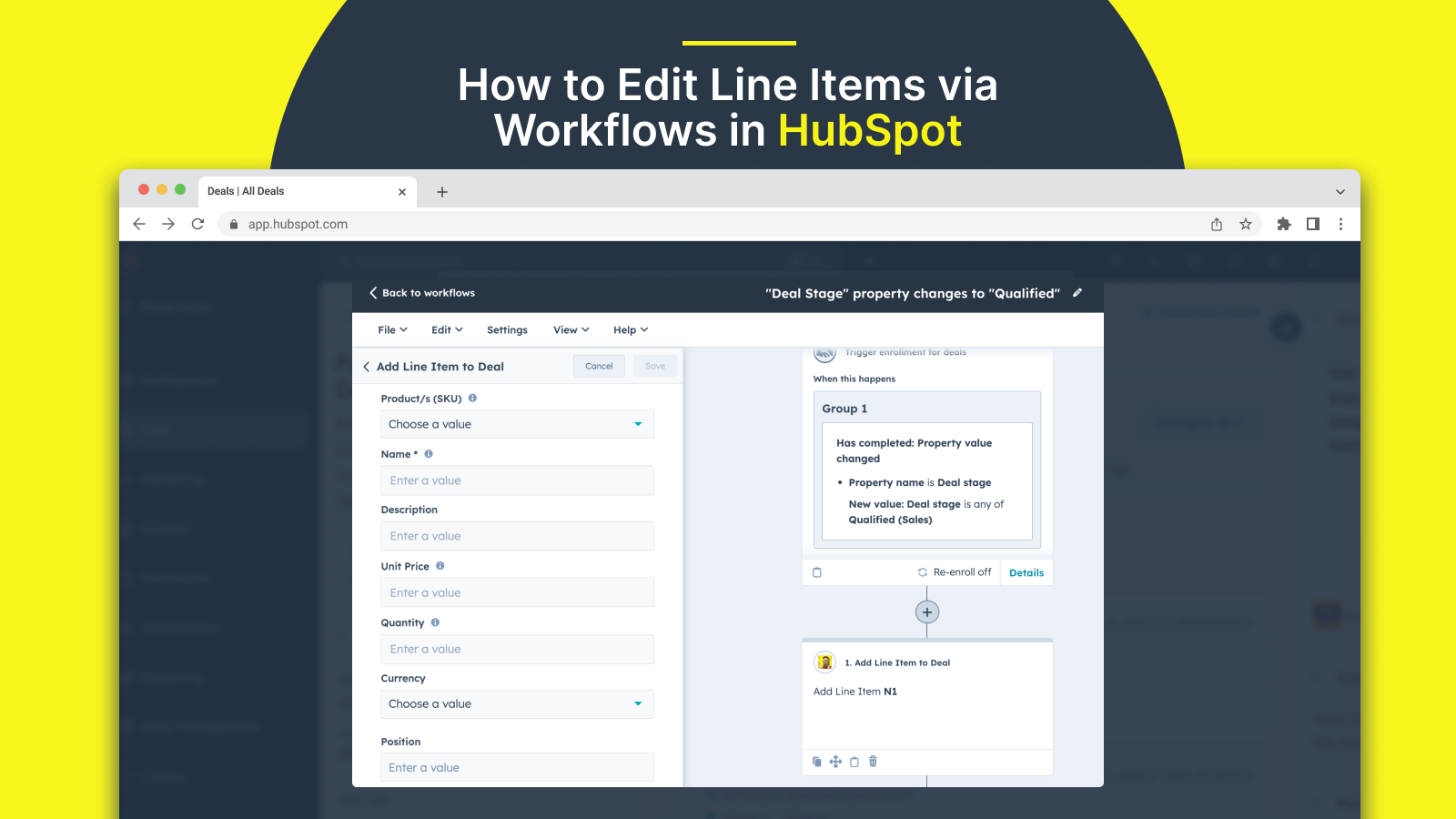In today's digital landscape, generating leads is crucial for businesses striving to expand their customer base and increase revenue. HubSpot, a leading customer relationship management (CRM) platform, offers powerful tools for capturing leads, and among these, forms play a pivotal role. Well-designed HubSpot forms can significantly impact lead generation by attracting, engaging, and converting potential customers. This article will delve into strategies for creating compelling HubSpot forms to maximize lead generation effectively.

Understanding the Significance of HubSpot Forms
HubSpot forms act as gateways for gathering essential information from prospects visiting your website. These forms enable businesses to collect data such as names, email addresses, company details, and more. Leveraging this data empowers businesses to nurture leads through personalized communication, targeted marketing, and tailored content, ultimately driving conversions and fostering customer relationships.
[Related Article: CRM Best Practices: Strategies for Building Stronger Customer Relationships]
Key Elements of Effective HubSpot Forms
Creating compelling HubSpot forms involves integrating several key elements that enhance user experience and encourage form submissions:
-
Clear Value Proposition: Clearly articulate the value proposition or benefit that users will receive upon submitting the form. Whether it's accessing a whitepaper, signing up for a newsletter, or receiving a free trial, communicate the value clearly and concisely.
-
Concise and Relevant Fields: Keep forms concise by including only essential fields. The fewer the fields, the higher the chances of completion. Each field should provide tangible value or be crucial for segmentation and personalized follow-ups.
-
Eye-catching Design: Design plays a significant role in user engagement. Utilize HubSpot's customization options to create visually appealing forms that align with your brand while ensuring they are mobile-responsive for seamless viewing across devices.
-
Compelling Call-to-Action (CTA): The CTA is the driving force behind form submissions. Craft persuasive CTAs that prompt action and create a sense of urgency or excitement.
-
Progressive Profiling: Implement progressive profiling to gather additional information over time. By gradually requesting more details in subsequent interactions, you prevent overwhelming users with lengthy forms initially.
-
Smart Form Rules: Use conditional logic and smart form rules to personalize the form based on the user's behavior or previous interactions, making the form experience more relevant and user-friendly

Strategies for Designing Compelling HubSpot Forms
1. Know Your Audience
Understanding your target audience is fundamental. Develop buyer personas to tailor forms to specific segments. Analyze demographics, preferences, pain points, and behaviors to craft forms that resonate with each audience group.
2. Optimize Form Placement
Strategic placement of forms significantly impacts conversion rates. Experiment with different placements such as pop-ups, inline forms, sticky banners, or slide-ins, ensuring they complement the user journey without being intrusive.
3. A/B Testing for Optimization
Continuously test variations of your forms (A/B testing) to determine what resonates best with your audience. Experiment with different form lengths, CTA text, colors, and designs to identify the most effective combinations.
4. Leverage Compelling Content
Offer valuable content or incentives in exchange for filling out forms. This could include exclusive access to webinars, downloadable guides, discounts, or free trials. Compelling content encourages users to share their information willingly.
5. Implement Trust Signals
Incorporate trust elements such as privacy statements, security badges, customer testimonials, and social proof near your forms. These reassure users about the safety and credibility of sharing their information.
6. Analyze and Iterate
Utilize HubSpot's analytics to track form performance. Monitor metrics like conversion rates, form abandonment rates, and user behavior to identify areas for improvement. Use these insights to iteratively refine your forms for better results.
[Related Article: HubSpot SEO: Optimizing Your Website for Search Engines]

Conclusion
HubSpot forms serve as invaluable tools for lead generation when crafted strategically. By incorporating the essential elements, employing effective strategies, and continually optimizing, businesses can create compelling HubSpot forms that entice users, capture valuable data, and drive meaningful conversions. Embrace experimentation, understand your audience, and leverage the power of HubSpot's tools to continually refine your forms and maximize lead generation for sustainable business growth.






.png)